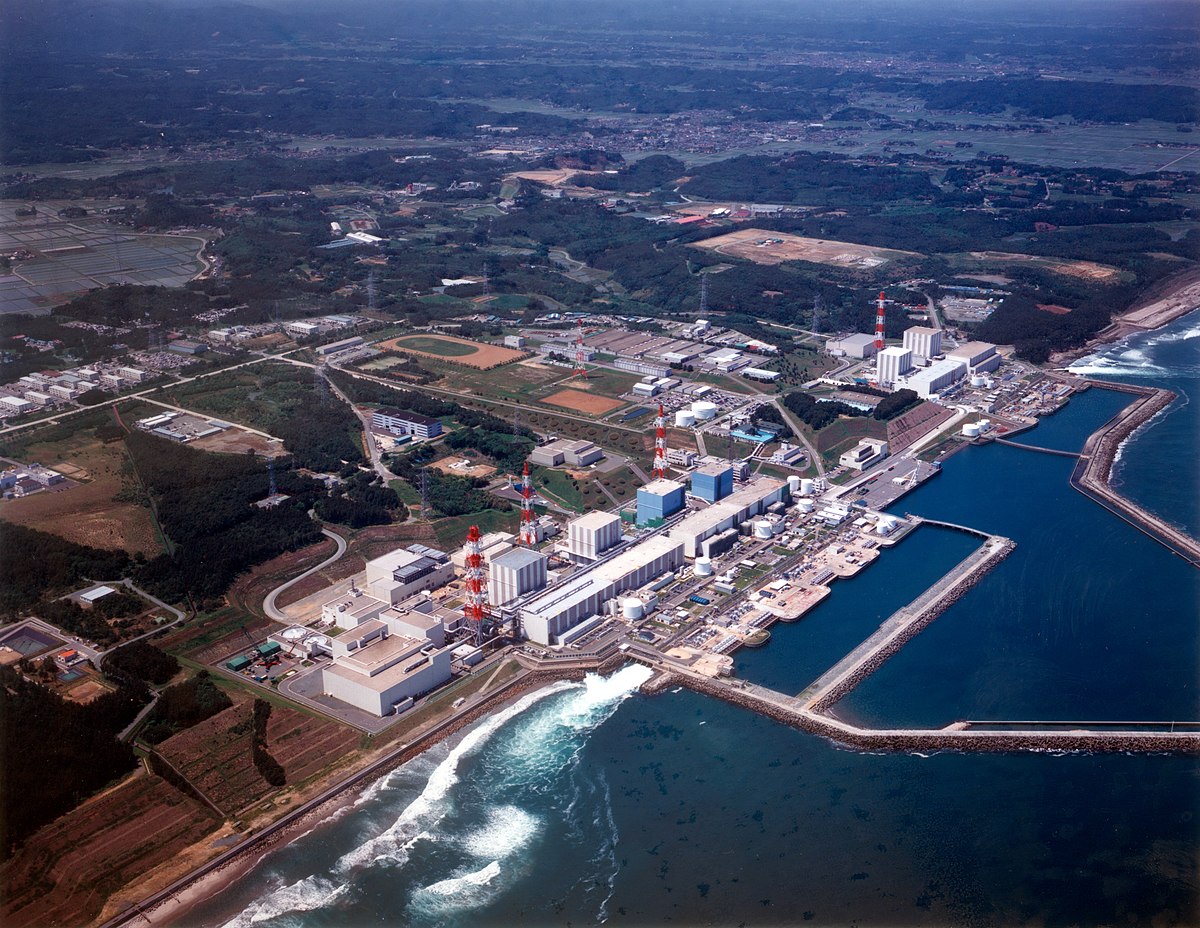Import
Radioactive waste is one of the most controversial issues in modern science and technology. Despite the significant benefits of nuclear energy and the medical applications of radioactivity, the management of the waste resulting from these processes raises serious concerns for human health and the environment. But how dangerous is radioactive waste really? Let's take a closer look.
What is radioactive waste?
Radioactive waste is material containing unstable atomic nuclei that emit ionizing radiation. This waste is produced by various activities:
- Nuclear power plants
- Medical applications (diagnostic and therapeutic)
- Industrial processes
- Research and development
- Military applications
Depending on the level of radioactivity, waste is categorized into:
- Low-level waste (LLW): They include protective clothing, tools and materials with low radioactivity.
- Intermediate-level waste (ILW): Includes resins, chemical residues and reactor parts.
- High-level waste (HLW): Includes spent fuel from nuclear reactors.
Health effects
The hazard of radioactive waste is directly related to its ability to cause harm through ionizing radiation. Health impacts include:
Direct effects
- Acute irradiation: Can cause radiation sickness, with symptoms such as nausea, vomiting, bleeding and even death in high doses.
- Burns and tissue damage: Direct exposure to high levels of radioactivity can cause skin burns and tissue necrosis.
Long-term effects
- Cancer: Increased risk for various types of cancer, including leukemia, thyroid cancer, and other solid tumors.
- Genetic mutations: Possibility of causing DNA damage that can be transmitted to future generations.
- Reproductive disorders: Reduced fertility and increased risk of congenital anomalies.
Environmental impacts
Radioactive waste can significantly impact the environment:
Soil and water contamination
Leakage of radioactive materials into soil and groundwater can contaminate large areas. Radioactivity can persist in the environment for thousands of years, depending on the half-life of the isotopes.
Impacts on ecosystems
Radioactivity affects fauna and flora, causing:
- Genetic mutations in plants and animals
- Disturbances in the reproduction of various species
- Reduction of biodiversity in polluted areas
Food chain
Radioactive elements can accumulate in organisms and move through the food chain, eventually reaching humans.
Historical incidents and lessons learned
Major accidents involving radioactive materials have shaped our perception of their hazards:
Chernobyl (1986)
The worst nuclear accident in history caused widespread radioactive contamination across much of Europe. The health and environmental impacts continue to this day, while the area around the reactor remains uninhabited.
Fukushima (2011)
Following an earthquake and tsunami, the disaster at the Fukushima nuclear power plant led to significant releases of radiation, forced evacuations of areas, and long-term decontamination programs.
Goiânia Incident (1987)
In Brazil, the abandonment of a caesium-137 source from an abandoned hospital led to serious exposure of the population, with four deaths and dozens of cases of infection, demonstrating the dangers of mishandling even small amounts of radioactive materials.
Radioactive waste management methods
To address risks, various management techniques have been developed:
Temporary storage
High-level radioactive waste is often temporarily stored in special water tanks that provide shielding and cooling. This is an interim solution until permanent solutions are found.
Geological disposition
Placing waste deep underground, in stable geological formations, is considered the safest long-term solution. Facilities like Onkalo in Finland are designed to keep waste safe for thousands of years.
Rework
Some countries, such as France and Japan, reprocess spent fuel to recover useful materials and reduce the volume of waste.
Denaturation
This experimental technology aims to convert long-lived radioactive isotopes into short-lived or stable isotopes through nuclear reactions.
Management challenges
Despite technological advances, significant challenges remain:
Time dimension
Some radioactive isotopes have half-lives of thousands or even millions of years. This creates the need for solutions that far exceed the lifespan of any human construction or even civilization.
Cost
Safe management of radioactive waste is extremely costly, which can lead to compromises in safety, particularly in countries with limited resources.
Social acceptance
The “Not in My Backyard” (NIMBY) syndrome often makes it difficult to find sites for radioactive waste disposal facilities, despite technical assurances of their safety.
International approaches and regulations
The international community has developed frameworks for the safe management of:
International Atomic Energy Agency (IAEA)
It provides guidelines, standards and inspections for the safe management of radioactive waste worldwide.
European Union
It has established strict guidelines that oblige member states to develop national management programs and submit regular reports.
National strategies
Different countries follow different approaches. For example:
- Finland and Sweden move forward with permanent geological facilities
- France and Japan focus on reprocessing
- The US faces political and technical challenges in finding a permanent solution
Future prospects
Research continues in several areas to improve management:
New technologies
Advanced reactors that produce less waste and new processing methods that reduce the toxicity and lifespan of waste.
International cooperation
There is growing recognition of the need for global solutions, including regional disposal facilities serving multiple countries.
Alternative energy sources
Switching to renewable energy sources can reduce reliance on nuclear power and therefore waste production, although nuclear power plants remain important for reducing carbon emissions.
Conclusions
Radioactive waste poses undeniable risks to human health and the environment, particularly due to the long-lasting nature of the radioactivity. However, its risk is not absolute but depends on:
- The level of radioactivity: High-level radioactive waste is clearly more dangerous than low-level radioactive waste.
- Management: With appropriate management techniques, risks can be significantly minimized.
- The time horizon: The long-lived nature of some radioactive isotopes requires solutions that operate on time scales that exceed human experience.
The safe management of radioactive waste is one of the greatest technological and ethical challenges of our time. It requires constant vigilance, scientific innovation and international cooperation to ensure that the benefits of nuclear technology are not overshadowed by the long-term risks of its waste.



